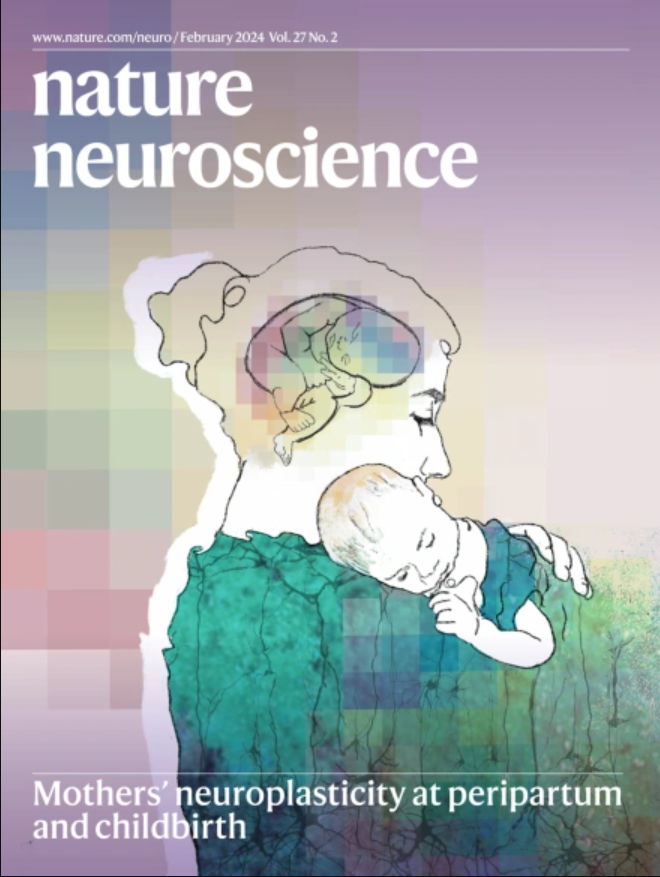小胶质细胞消除抑制性突触并驱动癫痫中的神经元高兴奋性
IF 20
1区 医学
Q1 NEUROSCIENCES
引用次数: 0
摘要
在小鼠癫痫模型和人脑样本中,来自神经元的过度活跃的抑制性信号和来自星形胶质细胞的补体信号协调驱动小胶质细胞介导的抑制性突触的选择性消除。这种正反馈机制破坏了兴奋性-抑制性神经传递平衡,加剧了神经元的高兴奋性,促进了癫痫的病理生理。本文章由计算机程序翻译,如有差异,请以英文原文为准。

Microglia eliminate inhibitory synapses and drive neuronal hyperexcitability in epilepsy
In mouse models of epilepsy and human brain samples, hyperactive inhibitory signaling from neurons and complement signaling from astrocytes coordinate to drive microglia-mediated selective elimination of inhibitory synapses. This positive feedback mechanism disrupts the excitatory–inhibitory neurotransmission balance, which exacerbates neuronal hyperexcitability and contributes to the pathophysiology of epilepsy.
求助全文
通过发布文献求助,成功后即可免费获取论文全文。
去求助
来源期刊

Nature neuroscience
医学-神经科学
CiteScore
38.60
自引率
1.20%
发文量
212
审稿时长
1 months
期刊介绍:
Nature Neuroscience, a multidisciplinary journal, publishes papers of the utmost quality and significance across all realms of neuroscience. The editors welcome contributions spanning molecular, cellular, systems, and cognitive neuroscience, along with psychophysics, computational modeling, and nervous system disorders. While no area is off-limits, studies offering fundamental insights into nervous system function receive priority.
The journal offers high visibility to both readers and authors, fostering interdisciplinary communication and accessibility to a broad audience. It maintains high standards of copy editing and production, rigorous peer review, rapid publication, and operates independently from academic societies and other vested interests.
In addition to primary research, Nature Neuroscience features news and views, reviews, editorials, commentaries, perspectives, book reviews, and correspondence, aiming to serve as the voice of the global neuroscience community.
 求助内容:
求助内容: 应助结果提醒方式:
应助结果提醒方式:


